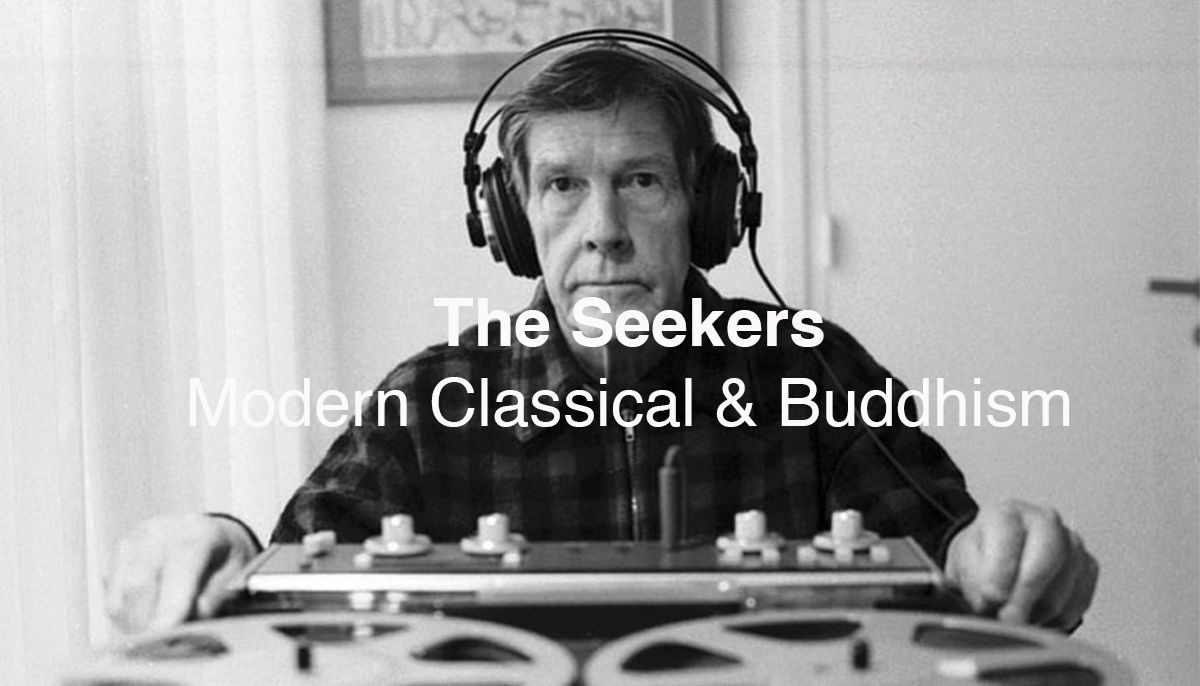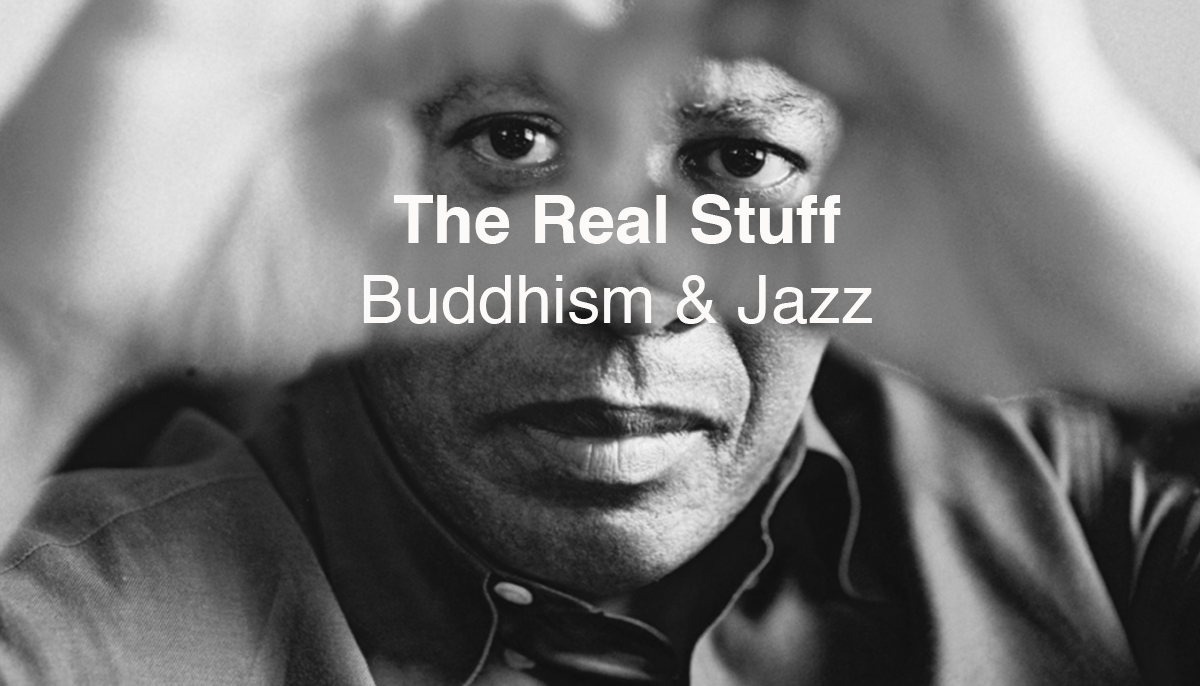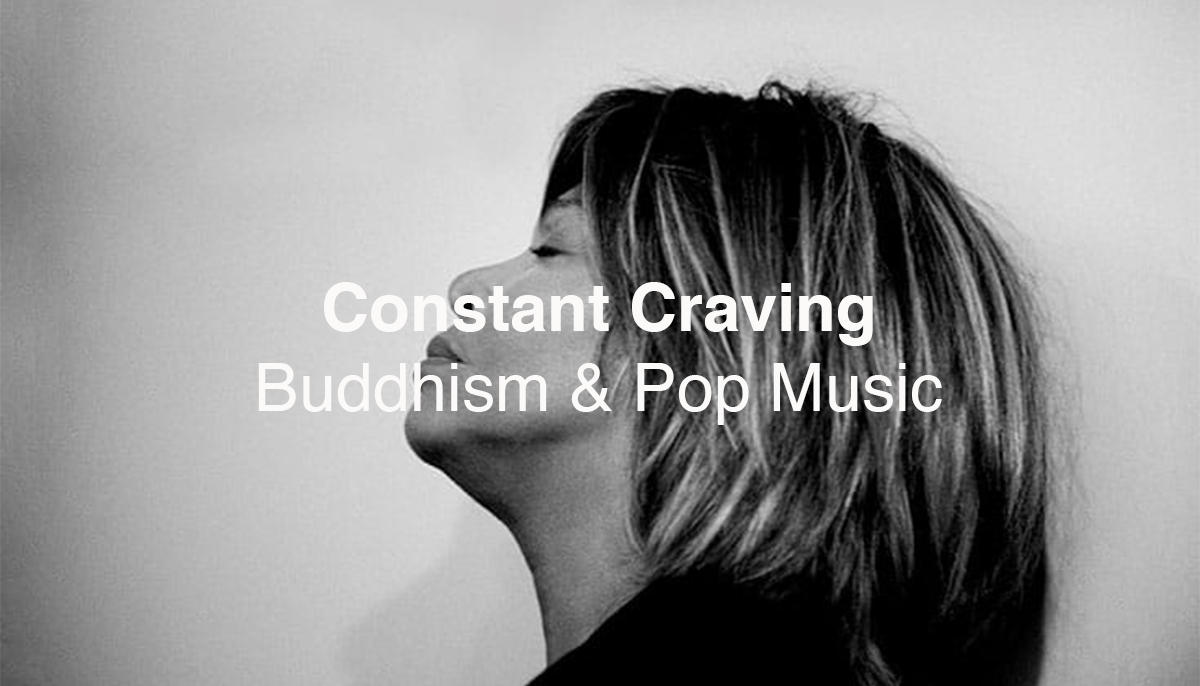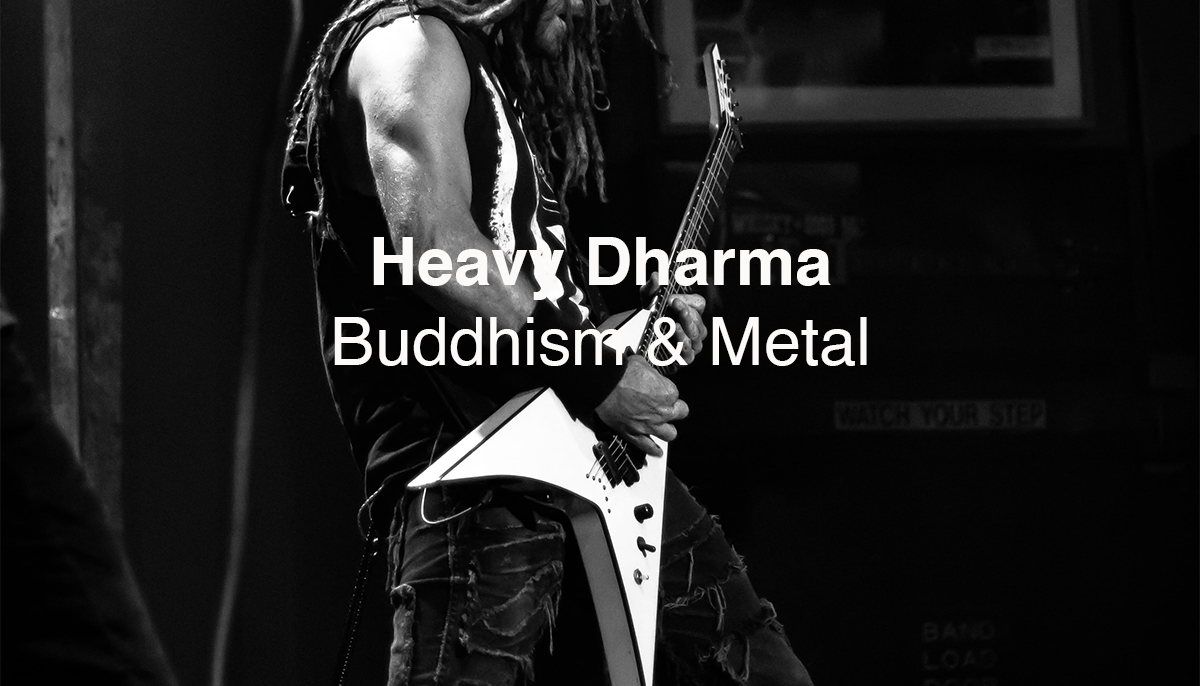The dharma speaks through music—it always has, it does today. From jazz to metal to rap to emergent hybrid forms, Buddhism’s influence on the musical realm can be discovered at almost every turn.
Buddhist Music: What is it? Is it gongs, bells, and chants? Well, yes. And, no.
Sound has always been part of Buddhist practice. In most traditions, chanting and instrumental music retain a special position during ceremonies. Music often acts as an offering to the Buddha. According to the Lotus Sutra, the bodhisattva known as “Wonderful Voice” once made offerings of various kinds of music to the Buddha. Music can also be a means of memorizing sacred texts, and as a form of meditation.
As the dharma has made its way into the West—and the West has found its way into the dharma—the idea of what might constitute Buddhist music has opened up.
Haleigh Atwood writes in her article “The Power of Sound”: “For hundreds of years after the death of the Buddha, Buddhism was solely an oral tradition, dependent on sound to pass from one generation to the next. The tantric yogi and poet Milarepa taught his students about impermanence, meditation, and enlightenment through song. In many images, Milarepa is portrayed with his head cocked and a hand cupped to his ear, listening with his whole body. Sound, ancient and ubiquitous, urges us to remember what we often forget. Reverberating off the walls of history, the ring of a bell acts as a humble reminder that this sound has existed longer than any one of us. This ringing, which has brought calm to countless minds, can remind us of our interconnectedness.”
As the dharma has made its way into the West—and the West has found its way into the dharma—the idea of what might constitute Buddhist music has opened up.
The first thing someone will notice when they delve into modern Buddhist-influenced music is how varied, fun, and meaningful it can be. Music plays a huge part in many people’s lives, and that isn’t going to change when they take up a Buddhist practice. You don’t have to immediately exchange your record collection for recordings of Tibetan chants. You can let your tastes provide a path toward artists that mix the music you love with an element of Buddhism. An example: If someone had come up as a punk-rock kid, they might have discovered the “first Buddhist punk band,” Ruin. If Ruin was out there waiting for you to find it in your search and their music was so good, you could reason, there has to be more.
Today, the gongs, bells, and chants of yore might be sampled or stood in for by scalding punk guitars, otherworldly vocals, or wholly unforeseen new approaches across a variety of genres. Sometimes the connections are explicit, sometimes less so—sometimes they’re bald-faced marketing choices—but like the dharma itself, Buddhist-inspired music can prompt us to see beyond the boundaries we so often take for granted. It can be (almost) anything.
Continue Reading our Fan’s Guide to Modern Buddhist Music
Discover more about the rich intersection between Buddhism and music with the following selection of articles:

Tina Turner’s Journey into Faith
Ralph H. Craig III reviews Tina Turner’s autobiography, "Happiness Becomes You: A Guide to Changing Your Life for Good."

A Fan's Guide to Modern Buddhist Music
The dharma speaks through music—it always has, it does today. From jazz to metal to rap to emergent hybrid forms, Buddhism’s influence on the musical realm can be discovered at almost every turn.

The Spark Is There All the Time
Forget the stereotype of the tortured artist, says Steve Silberman. For David Crosby and Becca Stevens, the Muse is happy.

Phoebe Bridgers: Her Music as Meditation
Ray Buckner on how Grammy nominee Phoebe Bridgers’ music is a spiritual friend, a path forward into the unknown.

Jarboe on Flying Lotus’s Album "Your Dead!"
The best music opens our hearts and minds. Jarboe on how Flying Lotus lyrically and sonically explores liberation.
CAN YOU HELP US AT A CRITICAL TIME?
COVID-19 has brought tremendous suffering, uncertainty, fear, and strain to the world.
Our sincere wish is that these Buddhist teachings, guided practices, and stories can be a balm in these difficult times. Over the past month, over 400,000 readers like you have visited our site, reading almost a million pages and streaming over 120,000 hours of video teachings. We want to provide even more Buddhist wisdom but our resources are strained. Can you help us?
No one is free from the pandemic’s impact, including Lion’s Roar. We rely significantly on advertising and newsstand sales to support our work — both of which have dropped precipitously this year. Can you lend your support to Lion’s Roar at this critical time?
















Đăng nhận xét